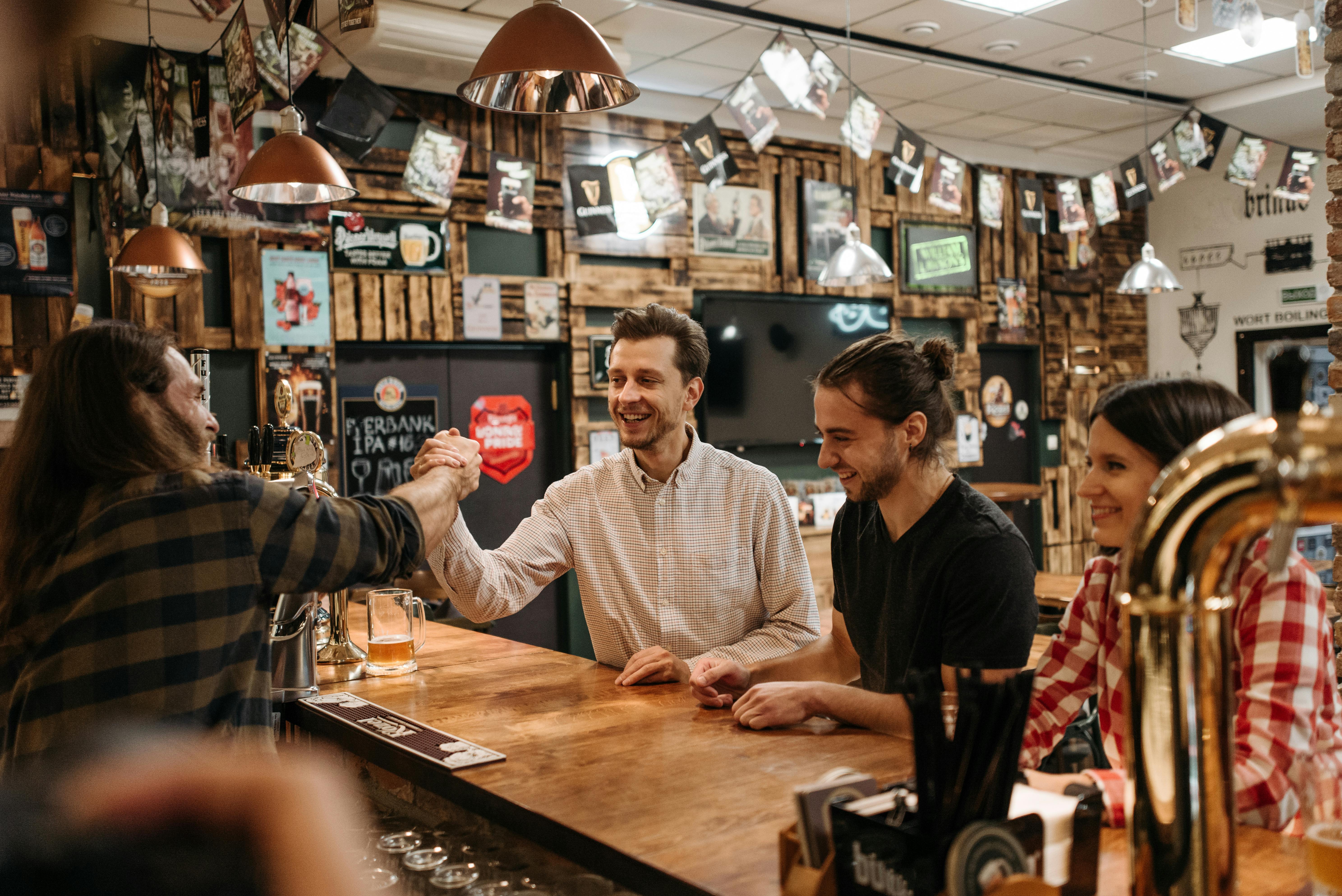What can a virtual mastermind group do for you?
High achievers long ago realized they needed to tap into other people’s knowledge and experience to solve problems and reach new levels of growth.
One of the best examples of drawing on the experience of others begins with Benjamin Franklin.
Benjamin Franklin was a founding father of the USA and the only one who signed the four key documentsestablishing the United States. He was also a printer, author, philosopher, politician, statesman, diplomat, scientist, economist, and inventor.
Bottom:
Benjamin Franklin was not born the big brother with achiever traits, as many of us see today. He was the fifteenth of 17 children. Ben’s father had not graduated from college; made soap and candles. He was a merchant.
The most fundamental trait he passed on to his children was his love of reading. Benjamin’s mother realized that while her home was crowded and noisy, she was committed to making it a healthy and happy home.
At the age of 8, Benjamin’s father sent him to the South Grammar School, later called the “Boston Latin” school, preparing young Benjamin to be a minister. Two years later, Josiah ran out of money and brought Benjamin home to work with him in the candle-making business.
Apprentice at 12 of a printing company:
Benjamin, loved to read and learn. He borrowed books from his friends. From these books he taught himself grammar, philosophy, and arithmetic. Every time I saved a little money, I bought books to read and learn. His friends also loved to read books and regularly studied and discussed them.
When Benjamin was 12 years old, Josiah apprenticed him to his oldest son, James, who was a printer. The apprenticeship was signed for 7 years. (Yes … at the age of 12!)
“New England Courant”:
James Franklin started his “New England Courant” newspaper in Boston in 1721 when his brother Benjamin was 15 years old. It was the third newspaper in Boston. James and his friends wrote articles, opinions, news of the day, announcements and other information.
The beginning of Benjamin Writing career:
Benjamin started writing articles and asked his brother James to publish them in his newspaper. James refused! So 16-year-old Benjamin, under the pseudonym Silence Dogood, (wrote as the widow Dogood, a 40-year-old widow). Benjamin put his letters under James’s door every two weeks.
Benjamin Franklin at 16 became the printer and publisher of his brother’s “New-England Courant.” James had written an article against the government and was jailed. The following year, 17-year-old Benjamin Franklin became the printer and editor of his brother’s “Courant” newspaper for the second time. James, this time, wrote an article “making fun of religion.” Once again, the court made the decision to imprison him. James escaped from the city.
By September 1723, Benjamin Franklin had grown tired of his brother’s “abuse and tight control”. He escaped traveling to New York and then to Philadelphia in search of a new opportunity in the printing business. He worked several different jobs during this time.
Birth of the Benjamin Franklin Together Club in Philadelphia:
At age 21, Benjamin Franklin founded the Together Club, a weekly discussion group of 12 men. Another name that was later given to his “Together Club” was “Leather Apron Club”.
Benjamin decided that merchants should have the opportunity to receive an education just like wealthy people who could send their children to be educated in colleges / universities.
The difference for him was reading books, learning from them, and discussing them with other people who loved to read, learn, improve themselves, and discuss what they read. He thought this would be a great draw. (Today we call it a group of “think tank, a mastermind”).
What questions should you ask potential members of your Master Mind or Together?
What 4 questions did Benjamin Franklin ask his prospective Joined Club members “to qualify” them as members?
“Each person was also asked to stand up, put their hand over their heart, and answer the following questions”: (Updated to 21st Century English)
1) “Do you feel” any lack of respect “for any of our members?” Answer. No.
2. “Do you” sincerely “declare that you love humanity, no matter what profession or religion?” Answer. I make.
3. “Should anyone be hurt in body, name or property, because of their opinions or their religion?” Answer. No.
4. “Do you love the truth and will you strive to find it, receive it and communicate it to others?” Answer. Yes.
In Benjamin Franklin’s Memoirs he wrote “I had made up most of my witty acquaintance in a club mutual improvement, which we call the Together; we get Friday night. The rules I developed required each member, in turn, to produce one or more queries on any point of morals, politics, or natural philosophy, to be discussed by the company; and once every three months he writes and reads an essay of his own writing, on whatever subject he pleases. “
It was agreed to have “12” members who “were merchants and artisans.” The Together Club continued for 38 years. When they saw a problem, a need, they found a solution. Education began with the creation of the first Public Libraries in 1731. From the personal libraries of the Conjunto members, they would collect books for the first lending library in Philadelphia. Learning through reading, educating everyone regardless of their financial situation. Education for Benjamin Franklin was the great equalizer.
After fires killed people, destroyed homes and businesses, Benjamin and his Together members started the Union Fire Company, a volunteer fire department, in Philadelphia in 1736. They also started a volunteer militia to protect and secure the colony.
Where they saw a need, a solution would come.
In 1749, Benjamin Franklin involved some of its members together in the design of the University of Pennsylvania and in 1751, the Pennsylvania Hospital It was founded by Benjamin Franklin and his Together. When Benjamin Franklin saw a need, he worked to find a solution that paved the way with his Together members. Teamwork at its finest!
Here are 3 things to consider when training your mastermind:
1. Identify the values of your brain. Will it be a business round table? Bible study? Strengthening the marriage? It’s up to you.
2. Limit your group to 6 people. Bigger than that and impossible to handle.
3. Understand that part of the mastermind is to hold others accountable. Be prepared to give and receive responsibility.
So who would you like to have in your virtual brain and what would your criteria be?


